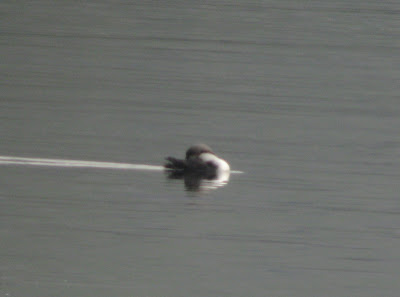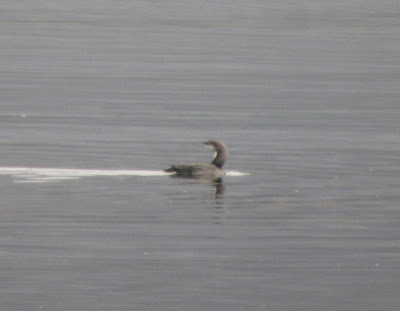



The adult male LESSER KESTREL at Minsmere (Jan Hein Steenis) and ALPINE and PALLID SWIFT in Suffolk (Andrew Easton)
The total number of species recorded in Britain and Ireland as of today has increased to 282 species, quite exceptional in just three months. Near gale force southerly winds last week saw a record arrival of twitchable Alpine Swifts and amongst them a few Pallid Swifts. Most exceptional however was an overshooting adult male LESSER KESTREL in Suffolk.
The SEVEN new additions since my last update are -:
The aforementioned LESSER KESTREL, Yellow Wagtail (8 birds so far), Common Nightingale (a very early songster in Berkshire), Common Redstart (6+), FAN-TAILED WARBLER (an all-too brief stayer at St Margaret's-at-Cliffe, Kent), Sedge Warbler (45+) and TWO-BARRED CROSSBILL (a well-twitched female in Bedfordshire at The Lodge RSPB, Sandy)
The SEVEN new additions since my last update are -:
The aforementioned LESSER KESTREL, Yellow Wagtail (8 birds so far), Common Nightingale (a very early songster in Berkshire), Common Redstart (6+), FAN-TAILED WARBLER (an all-too brief stayer at St Margaret's-at-Cliffe, Kent), Sedge Warbler (45+) and TWO-BARRED CROSSBILL (a well-twitched female in Bedfordshire at The Lodge RSPB, Sandy)





.JPG)
.JPG)
.JPG)








.JPG)
.JPG)
.JPG)
.JPG)











